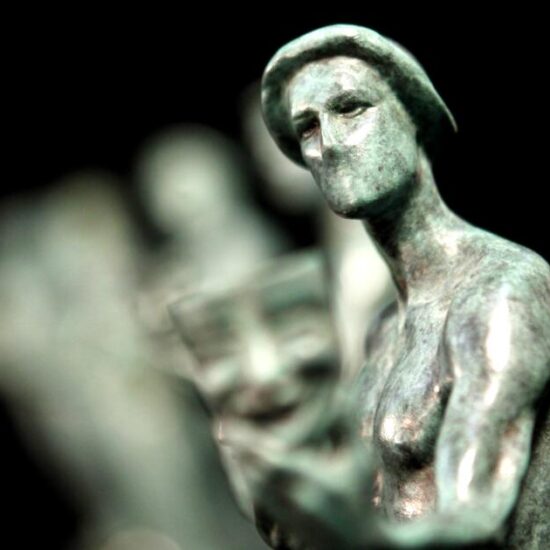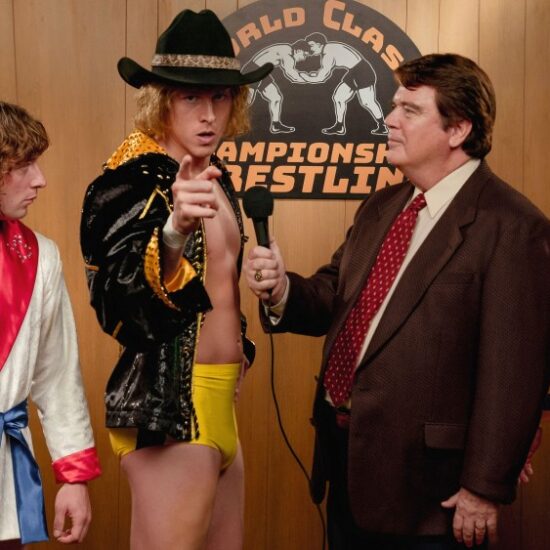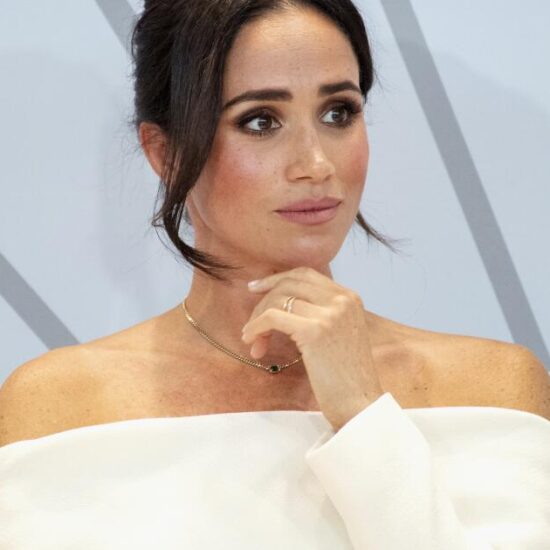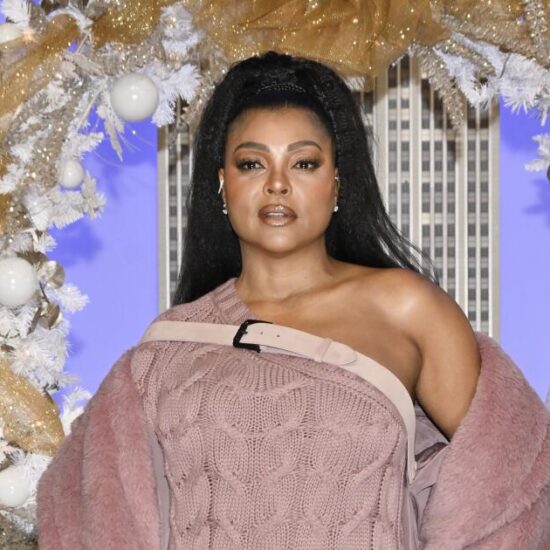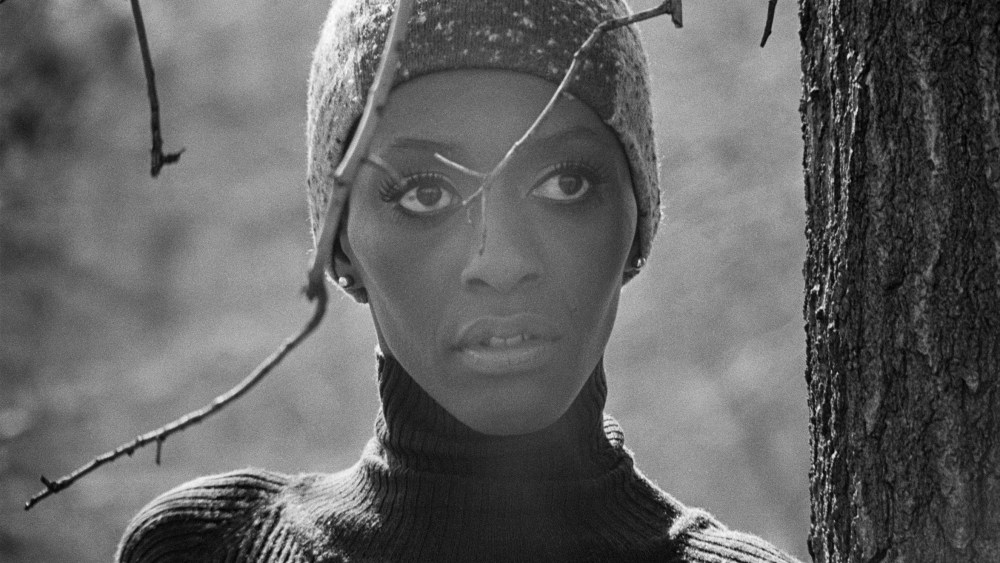
There is much that is lovely to gaze upon in the elegantly tailored documentary “Invisible Beauty,” about fashion maverick Bethann Hardison, whose role in her industry, starting in the late ’60s and continuing into the present, has been remarkable personally and game-changing culturally.
Those five decades — hers and the industry’s — are expertly woven together by co-directors Hardison and Frédéric Tcheng, using a cache of personal photos, a wealth of archival images, clips and interviews sewn together by Hardison’s sharing of recollections and insights. The film is also buoyed by a delicate, sometimes moody piano-led score courtesy of Marc Anthony Thomas, with some additionally vivid musical choices that match the energy of the late, “Black is Beautiful” ’60s and the fashion-fast-forward ’70s.
When there were shifts in how the fashion industry viewed models of color, Hardison was there as participant but more often catalyst. She was one of the models at the legendary Battle of Versailles runway show in 1973. She was the first Black woman to open her own modelling agency in 1984. Two years later, along with friend and supermodel Iman, she gathered models to unite as the Black Girl Coalition.
The footage of Iman, Naomi Campbell, Veronica Webb, Roshumba Williams, Tyra Banks and Hardison flanking New York City Commissioner of Cultural Affairs Mark Green as they held a press conference taking on the lack or representation in fashion ads in 1992 provides just one of the film’s indelible moments. It’s made more so by rendering it in rich black-and-white. The filmmakers do something similar with a gathering Hardison called nearly two decades later when data made it clear that designers and their bookers were outright spurning models of color.
The film’s visual stylishness shouldn’t come as a surprise. (Mia Cioffi Henry and Tcheng are the directors of cinematography.) Yet, anchored by a discerning approach that mixes the gifts of an advertising art director with the inquiring intellect of a sophisticated documentarian, it flows gracefully from the personal to the professional and back again and again as if to argue one of the documentary’s most salient points: Systemic change requires a never-ending activism, a vigilance and a generosity of spirit. “Activism has to remain active,” says Hardison late in the film.
This is not Tcheng’s first rodeo: He directed “Dior and I,” “Halston” and “Diana Vreeland: The Eye Must See.” But this collaboration with Hardison makes the weft and warp of the personal and the cultural into something that could be called intersectional at times. It is decidedly, if wryly playful at others.
Recordings of some of the filmmakers’ phone exchanges are included. The best and wittiest might be the snippet that comes about five minutes into the film when Hardison asks, “How do you see the film starting?” It already has.
Another differently clever wink comes from actor Kadeem Hardison: “I first met Bethann…” he begins, before talking about his loving and complicated feelings for his dynamic mother. Hardison — who made his own kind of history playing Black college student Dwayne the late-’80s sitcom “A Different World” — makes several more telling and touching appearances in the documentary.
Thinking back on the partying scene of the 1970s, NYC culture maven Fran Liebowitz remarks that Hardison was different because she had a kid; she had to be grown. That doesn’t mean she was always there for her son those early years, the film makes clear. And the filmmakers make wise editing choices that allow viewers to ask their own questions and perhaps harbor reservations about the documentary’s admirable protagonist. “Invisible Beauty” allows us to see her as the quasar she remains and also as a human being still making her way, reckoning with her past and pondering her legacy.
Liebowitz makes her brief appearance in a film rife with engaging interviewees and players. Iman and Naomi Campbell stand out, as does fashion casting director James Scully. Photographer Bruce Weber talks about the first time he saw Tyson Beckford, in what is a charming origin story, in part because Weber doesn’t use it to self-aggrandize. The first Black male supermodel, Beckford became the face of Ralph Lauren’s Polo. The young Black designers who arrive late in the film provide a new generation’s look at Hardison’s mentorship and meaning.
The film’s most charming throughline might be watching this woman of action somewhat stymied as she writes her memoir. Her hunting and pecking on her iPad become a visual refrain that never gets old.
Perhaps Hardison’s astrologer said it best. Hardison (a Libra, by the way) recounts that when she was bemoaning the slowness and challenges of writing, the astrologer told her to remember she’s been an advocate for so many and telling her story is as simple as telling theirs. The documentary hews to the spirit of that advice, which doesn’t mean we don’t learn a great deal about Hardison’s upbringing.
Early in “Invisible Beauty,” Hardison admits to being something of a daddy’s girl as a kid. Her mother was lively but her father was “the intellectual.” He’d been in the armed forces when her parents met and later became an Imam. At 12 years old, she went to live with him. “It was a strict upbringing,” she says. A photo shows a handsome man, staring out, his head in a turban, his gaze daunting. But by 18, she was bristling at his rules. She’d also met her future spouse, Donald McFadden. One day, her dad returned her belongings to her mother and grandmother.
“My father just gave up,” she recounts. “I was sad about it because my father was worth admiring, but I knew I couldn’t have it both ways, either the freedom or his good opinion.” She opted for freedom. That split couldn’t have been easy. Yet that decision surely shaped the woman who has gone on to butt heads with a stubborn, backsliding, even biased industry.
“Invisible Beauty,” will likely make you hungry for Hardison’s book. But in a twist, one might wonder, can it be as good as the movie?








